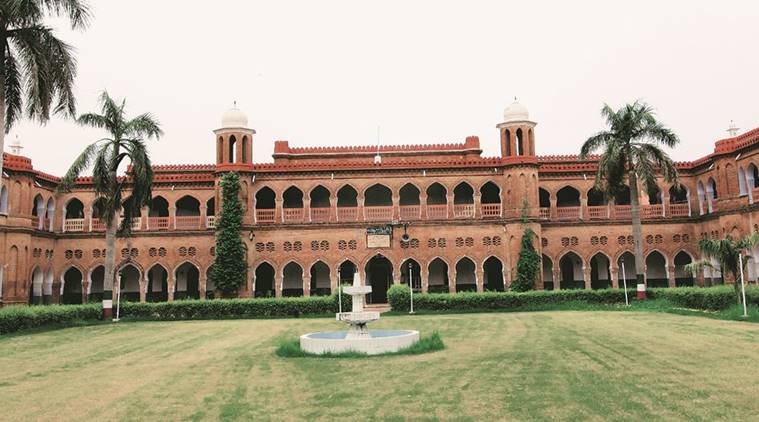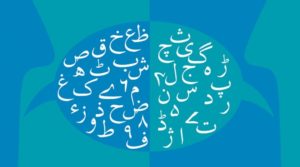
National lockdown for Coronavirus pandemic has affected educational activities all across but the Urdu Schools remain one of the worst hit.
“While we see there is an upsurge of digital educational content and resources in English and few other Indian languages, Urdu language remains visibly neglected and inadequately supported,” said Khurshid Alam, Chief of Teach in Urdu (http://teachinurdu.org/).
Khurshid is the brain behind the online resource Teach in Urdu (TIU), an initiative of Springboard Foundation which is a not-for-profit organization established to promote and encourage Innovation and Social Entrepreneurship at the grass root. Established in 2015, the unit initially ran with 3 volunteers that grew to 11 permanent members with several part-time translators and content curators.
“Although its rich literary heritage needs no introduction, unfortunately, it has very few pedagogical and learning resources available on the digital platform,” opines Khurshid. He explains the motive behind this unique endeavour highlighting that there are about 20 crore people in the subcontinent whose mother tongue is Urdu and although poems and literature in Urdu abound the internet, there is an unprecedented lack of educational resources for students.
According to a 2015 study, there are a total of 28,276 Urdu schools (including private schools) in 26 states of India and apart from NCERT, only six state education boards are providing textbooks on the Internet for Urdu speakers. With over tens of thousands of teachers and millions of students that fall under this category, the need to Urdu educational content is huge. To address this, TIU members of including Abdul Mumin, Mujahidul Islam, Salman Waheed and other full-time professional teachers, digital teaching specialists and teaching assistants are currently involved in developing not only translated material but also resources for empowering Urdu medium instructors.
“While there is a lot of buzz about technology enabling e-learning, meaningful technology integration in education requires concerted efforts to combine high-quality educational resources with teacher capacity building,” explains Khurshid. In this context, his team is concerned with the preparation of educational resources, teaching guides, educational material translation from other languages, and publication of materials in audio/video and other formats. The website also publishes pedagogical content for teachers, guides for various scientific and other educational experiments for children, and interactive simulations among other resources.
In light of the COVID-19 lockdown and huge dearth of digital literacy in the field, a survey of Urdu medium schools is being conducted by TIU to find out how Urdu medium schools are dealing with teaching problems. The survey can be filled by school administration or headmaster or principal (https://cutt.ly/iyWMKSN).
“We are now planning to conduct webinars for teachers to cope up with the educational needs during the lockdown period,” he said. As schools remain closed because of the deadly spread of Corona, TIU is planning on utilizing this time to build direct connectivity with both teachers and students through social media platforms.
Speaking about the reception of website resources among the Urdu speaking students, Khurshid shared that TIU receives an average 3000 visits per month with an active WhatsApp group of teachers from across the country that has full accessibility to content and interaction regarding empowering of Urdu teachers.
courtesy: TwoCircles.net
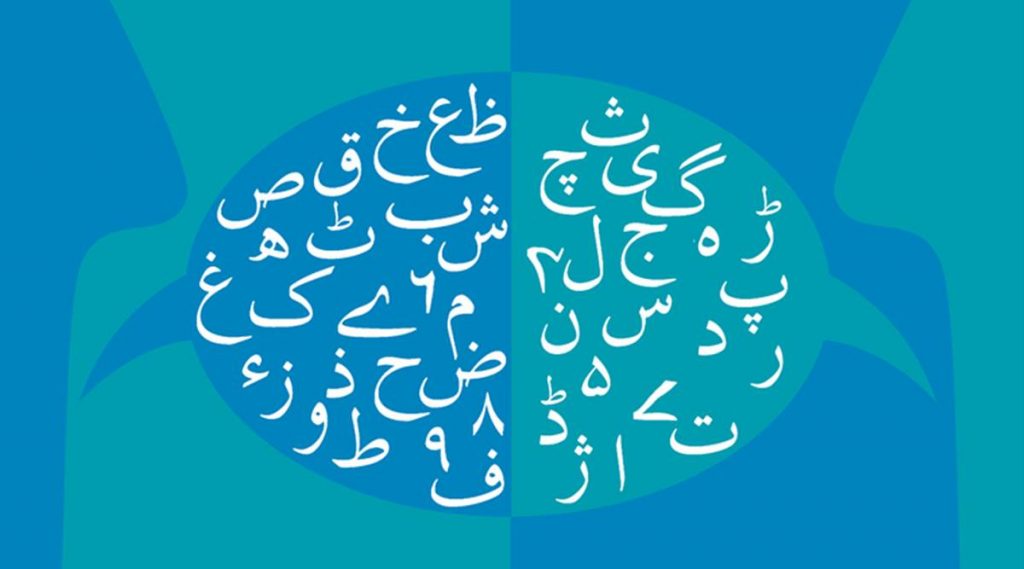
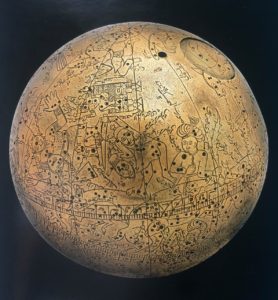
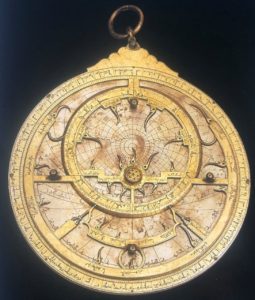
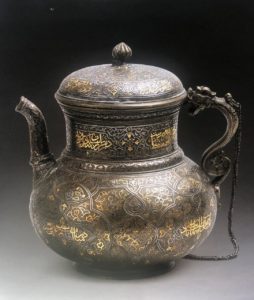
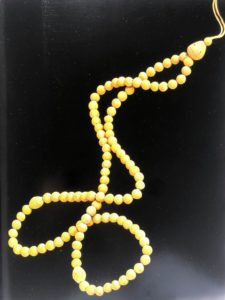

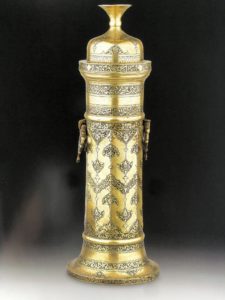
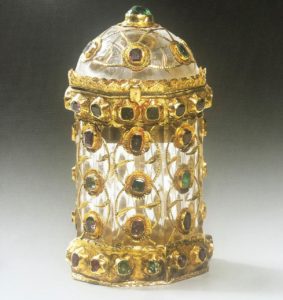
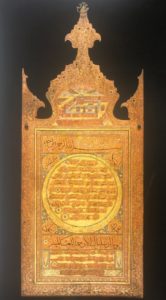
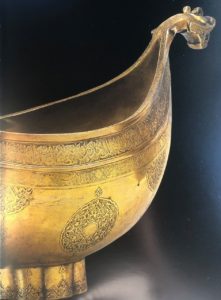

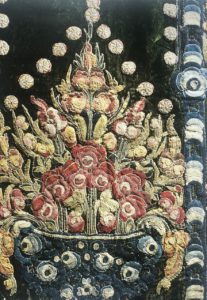
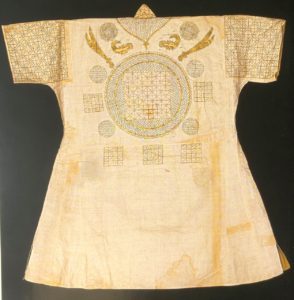
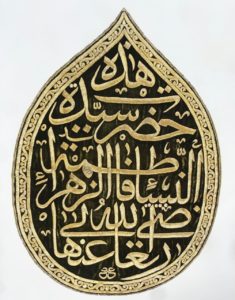
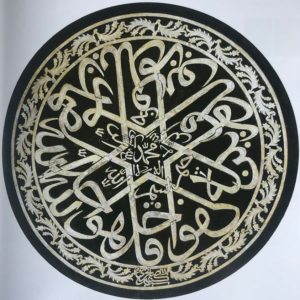
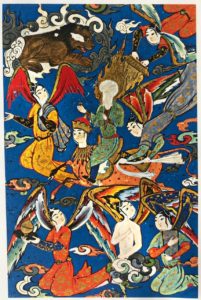
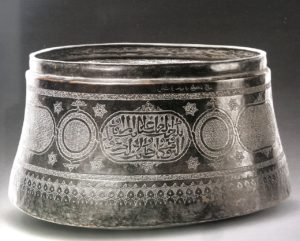
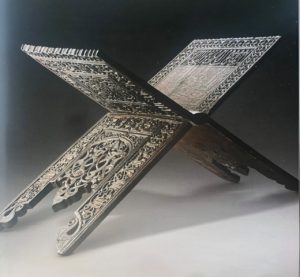
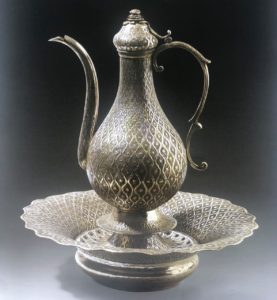
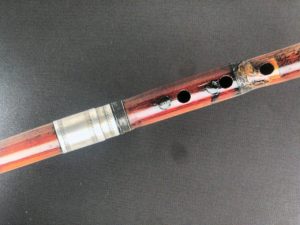
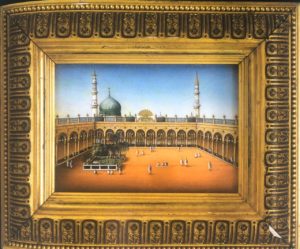
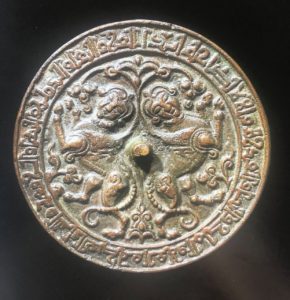

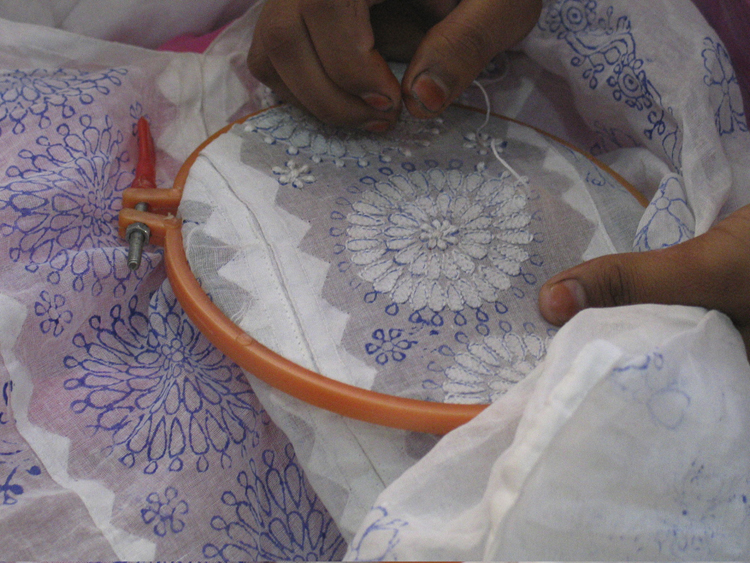
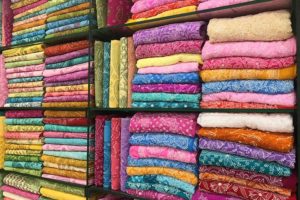

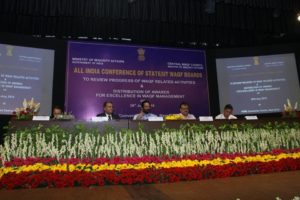
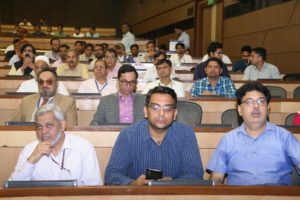
 लगभग एक महीने और 40 दिन बाद भी सीतामढ़ी में मारे गए ज़ैनुल अंसारी के हत्यारों की गिरफ्तारी न होना अपने आप में समाजसेवियों से लेकर प्रशासन और विशेषकर राजनीतिक दलों के नेताओं के सारे दावों को झूठा साबित कर देता है। वैसे भी सीतामढ़ी दंगे पर हफ्तों हफ्ते तक राजनीतिक कार्यकर्ताओं, दलों के पदाधिकारियों और स्वघोषित क़ौम के नेताओं का कोई अता पता नही था। यहां तक कि उर्दू अखबारों ने खबर तक नहीं लगाई। खैर, मुसलमानों की सबसे हितैषी कही जाने वाली पार्टी के मुखिया और नेता प्रतिपक्ष का पहला ट्वीट, मैं फिर दोहरा रहा हूँ ट्वीट 25 दिन बाद याद 14 नवंबर को आता है। जो नेता अपने पिता के धुर विरोधी पूर्व भाजपा नेता और पूर्व प्रधानंत्री के प्राकृतिक मौत की खबर पर ट्वीट करने में मिनट नही लगाता और लिखता है कि ‘वो हमलोगों के पिता समान थे’ वही नेता एक 80 साल के वृद्ध की हत्या पर 25 दिन लगाता है। और उनकी पार्टी के तथाकथित बुद्धिजीवी सांसद जो लेक्चरर/प्रोफेसर हैं उन्हें भी समझ नही आता कि इस मुद्दे पर बोलना चाहिए।
लगभग एक महीने और 40 दिन बाद भी सीतामढ़ी में मारे गए ज़ैनुल अंसारी के हत्यारों की गिरफ्तारी न होना अपने आप में समाजसेवियों से लेकर प्रशासन और विशेषकर राजनीतिक दलों के नेताओं के सारे दावों को झूठा साबित कर देता है। वैसे भी सीतामढ़ी दंगे पर हफ्तों हफ्ते तक राजनीतिक कार्यकर्ताओं, दलों के पदाधिकारियों और स्वघोषित क़ौम के नेताओं का कोई अता पता नही था। यहां तक कि उर्दू अखबारों ने खबर तक नहीं लगाई। खैर, मुसलमानों की सबसे हितैषी कही जाने वाली पार्टी के मुखिया और नेता प्रतिपक्ष का पहला ट्वीट, मैं फिर दोहरा रहा हूँ ट्वीट 25 दिन बाद याद 14 नवंबर को आता है। जो नेता अपने पिता के धुर विरोधी पूर्व भाजपा नेता और पूर्व प्रधानंत्री के प्राकृतिक मौत की खबर पर ट्वीट करने में मिनट नही लगाता और लिखता है कि ‘वो हमलोगों के पिता समान थे’ वही नेता एक 80 साल के वृद्ध की हत्या पर 25 दिन लगाता है। और उनकी पार्टी के तथाकथित बुद्धिजीवी सांसद जो लेक्चरर/प्रोफेसर हैं उन्हें भी समझ नही आता कि इस मुद्दे पर बोलना चाहिए।
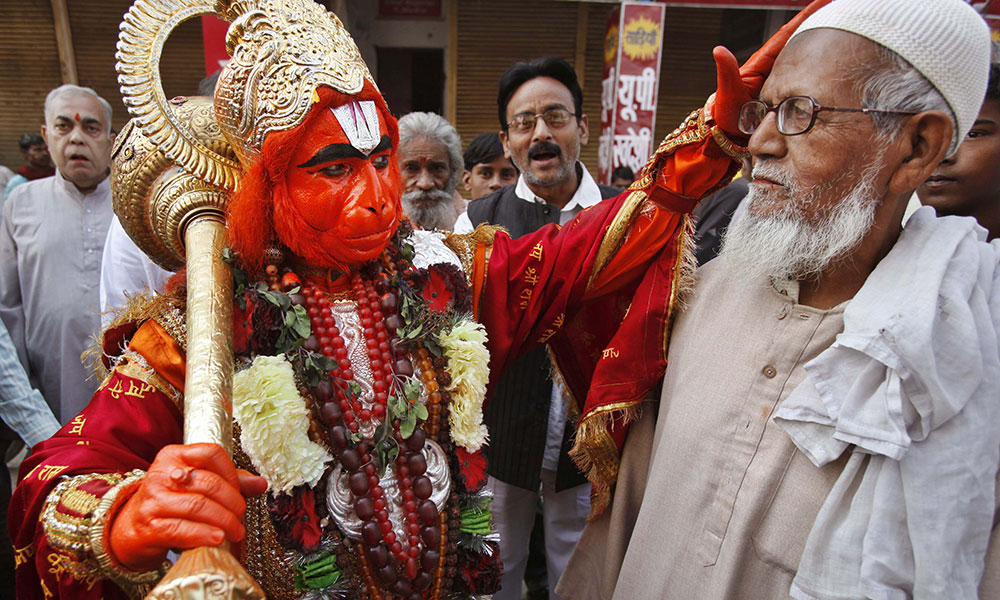 DEAR Muslims,
DEAR Muslims, DEAR Hindus,
DEAR Hindus, In 2003, during a visit to Fatehpur Sikri, we were taken to the private residence of the caretaker of the Saleem Chishti Dargah located inside the complex. Once inside, we were warmly received by the caretaker, an elderly gentleman and his family. We were served sharbat and shammi kababs. Soon after, in our presence, the caretaker received another group of Indian men and women, all dressed in expensive clothes and they spoke to each other in English with a distinct American accent
In 2003, during a visit to Fatehpur Sikri, we were taken to the private residence of the caretaker of the Saleem Chishti Dargah located inside the complex. Once inside, we were warmly received by the caretaker, an elderly gentleman and his family. We were served sharbat and shammi kababs. Soon after, in our presence, the caretaker received another group of Indian men and women, all dressed in expensive clothes and they spoke to each other in English with a distinct American accent